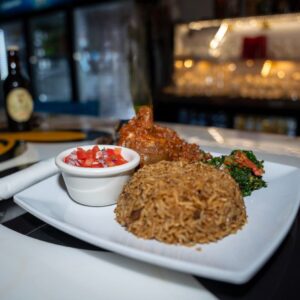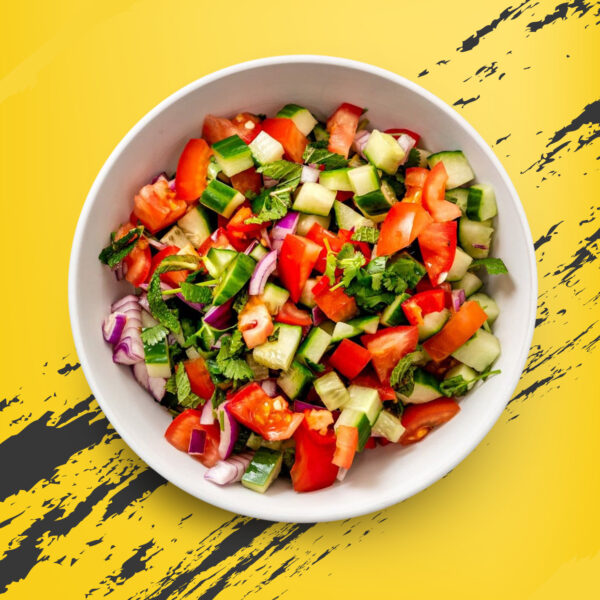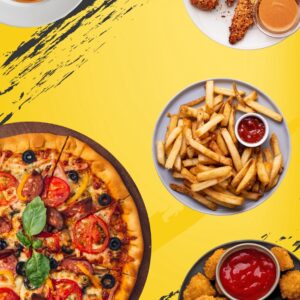Food cravings are more than just strong desires to eat something sweet, salty, or fatty—they are complex psychological and physiological signals that influence our daily behavior. Understanding the root causes of cravings can empower us to make better food choices and regain control over our eating habits. In this article, we explore the science of cravings, why they happen, what they mean, and most importantly, how to control them.
What Are Food Cravings?
Food cravings are intense urges to consume specific types of food. These cravings are not the same as hunger. Hunger is the body’s natural response to needing nutrients, while cravings are often driven by emotional, mental, or environmental cues.
For example, you may crave chocolate not because you are hungry, but because you’re stressed, bored, or reminded of a pleasant memory. Cravings are deeply tied to our brain’s reward system.
The Science Behind Cravings: How the Brain Works
When we crave a certain food, it’s often due to how the brain processes dopamine, a neurotransmitter responsible for pleasure and reward. When you eat a sugary snack, the brain releases dopamine, making you feel good. This reward system creates a loop: your brain remembers the pleasure, and the next time you feel emotional or stressed, it tells you to eat that food again.
Brain Regions Involved in Food Cravings
- Hypothalamus – Controls hunger and satiety
- Amygdala – Handles emotional responses
- Hippocampus – Stores memories linked to food
- Prefrontal Cortex – Helps with self-control and decision making
These regions work together to influence why, when, and how we crave food.
Common Types of Cravings and What They Mean
Each type of food craving often has a deeper meaning and can be connected to our body’s nutritional needs or emotional state.
1. Sugar Cravings
Craving sweets may be a sign of low blood sugar, fatigue, or emotional distress. Sugar boosts serotonin, a “feel-good” hormone, giving temporary relief from stress.
2. Salt Cravings
This can indicate stress, adrenal fatigue, or electrolyte imbalance. When stressed, our body loses sodium faster, making salty snacks more appealing.
3. Carbohydrate Cravings
Pasta, bread, and baked goods are comfort foods. Craving carbs usually means your brain is looking for a serotonin boost to lift your mood or fight fatigue.
4. Chocolate Cravings
Chocolate contains magnesium, phenylethylamine, and theobromine, all of which have mood-enhancing effects. If you crave chocolate, your body may need magnesium or you’re emotionally stressed.
5. Fatty Food Cravings
Craving fried or greasy foods can be a signal that you’re lacking omega-3 fatty acids, or you’re seeking the “heavy” comfort these foods bring.
The Emotional Side of Cravings
Emotional eating is one of the leading causes of unhealthy cravings. We often turn to food when we feel:
- Stressed
- Bored
- Anxious
- Lonely
- Depressed
The brain connects food with comfort and familiarity, reinforcing a habit loop. Over time, this emotional relationship with food becomes deeply rooted, leading to repeated unhealthy behaviors.
Hormones and Food Cravings
Hormones play a significant role in why we crave certain foods at specific times.
1. Ghrelin: The Hunger Hormone
Produced in the stomach, ghrelin signals your brain when it’s time to eat. High levels can intensify cravings, especially when you’re sleep-deprived or stressed.
2. Leptin: The Satiety Hormone
Leptin tells your brain when you’re full. Poor diet and obesity can lead to leptin resistance, where your brain doesn’t respond to leptin signals, causing continuous cravings.
3. Cortisol: The Stress Hormone
Cortisol levels rise under stress, increasing appetite and cravings, especially for sweet, fatty foods.
4. Insulin: Blood Sugar Regulator
A diet high in refined carbs and sugar spikes insulin. Over time, this can cause insulin resistance, leading to more frequent and intense cravings.
Environmental Triggers of Cravings
Your surroundings can silently influence what and when you crave food.
- Advertisements and billboards: Constant exposure to food ads triggers your desire.
- Smells: Walking past a bakery and smelling fresh bread can lead to cravings.
- Social settings: Parties, holidays, and gatherings often feature high-calorie foods.
- Routine cues: Watching TV or scrolling on your phone may become associated with snacking.
Understanding these triggers is the first step to controlling them.
How to Control Food Cravings Effectively
Controlling cravings doesn’t mean eliminating them altogether. It means learning how to manage them wisely and consciously.
1. Identify the Trigger
Ask yourself:
- Am I really hungry, or just bored or emotional?
- What happened just before I had this craving?
Recognizing the pattern helps break the habit loop.
2. Drink Water First
Sometimes, we mistake thirst for hunger. Drink a glass of water and wait 10–15 minutes. The craving may disappear.
3. Practice Mindful Eating
Mindful eating involves focusing on the taste, texture, and satisfaction of each bite. Slow down and listen to your body’s signals. This reduces the urge to eat out of impulse.
4. Eat More Protein and Fiber
These nutrients keep you full longer and reduce the likelihood of sudden cravings. Include foods like:
- Eggs
- Beans
- Nuts
- Whole grains
- Vegetables
5. Manage Stress
Chronic stress causes emotional eating. Practice stress-relieving techniques such as:
- Deep breathing
- Yoga
- Meditation
- Exercise
- Journaling
6. Get Enough Sleep
Sleep deprivation increases ghrelin and reduces leptin, leading to stronger cravings. Aim for 7–9 hours of quality sleep every night.
7. Avoid Restrictive Dieting
Strict diets often lead to rebound cravings. Instead, aim for balance—allow occasional treats without guilt.
8. Plan Your Meals
Structured eating prevents impulsive decisions. Prepare meals ahead and carry healthy snacks like fruits, nuts, or yogurt to avoid vending machine temptations.
9. Distract Yourself
Cravings typically last 10–20 minutes. Go for a walk, read a book, or call a friend. Distracting your mind helps delay or diminish the craving.
10. Keep Unhealthy Foods Out of Reach
Out of sight, out of mind. Keep healthy foods visible and store treats in harder-to-reach places or don’t buy them at all.
When to Seek Professional Help
If your food cravings lead to binge eating, emotional distress, or weight gain, consider seeking help from a:
- Registered Dietitian
- Therapist
- Psychologist
Cravings linked to deeper emotional or psychological issues may require specialized guidance.
Conclusion: Take Control of Your Cravings, One Step at a Time
Food cravings are powerful—but not unbeatable. Understanding the psychological, hormonal, and environmental causes behind them gives us the power to take control. By identifying triggers, eating a balanced diet, managing stress, and practicing mindful habits, we can build a healthier relationship with food.
Remember, the goal is not perfection—but progress. Learning to listen to your body, respond wisely, and choose nourishment over impulse is a lifelong journey worth taking.
Beehive Restaurant and Lounge is a vibrant culinary destination in Portland, Oregon, offering a unique blend of authentic African cuisine infused with the sweetness of honey. Whether you’re joining us for a meal or a special celebration, Beehive is your hive of warmth, hospitality, and exceptional culinary delights. Connect with us on social media and join our community to stay updated on our latest offerings and events!









Thank you for sharing excellent informations. Your web-site is very cool. I am impressed by the details that you’ve on this website. It reveals how nicely you perceive this subject. Bookmarked this website page, will come back for more articles. You, my pal, ROCK! I found simply the info I already searched everywhere and just could not come across. What a great website.